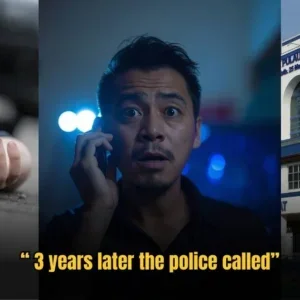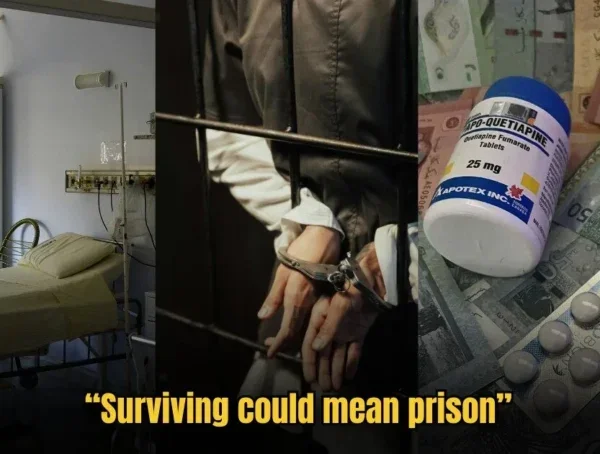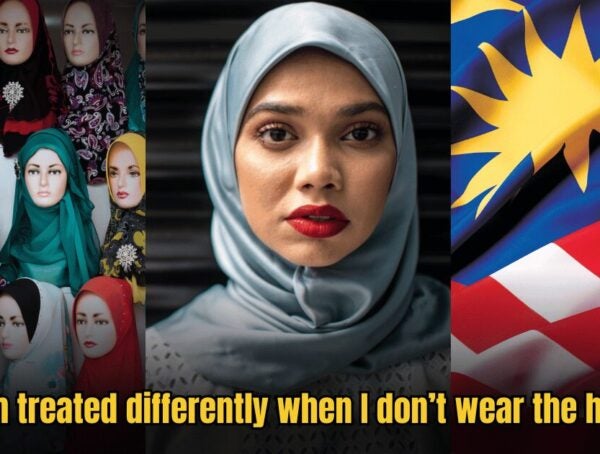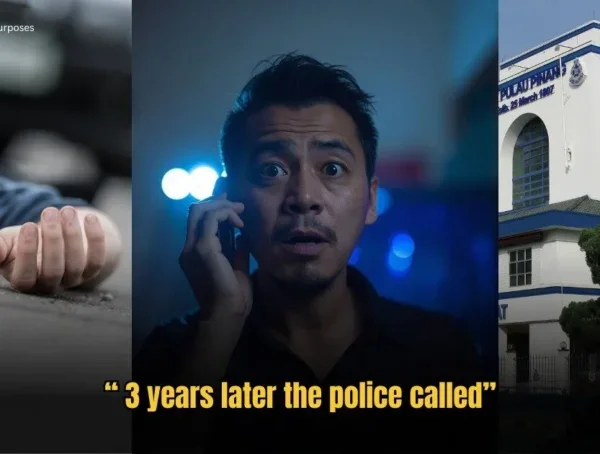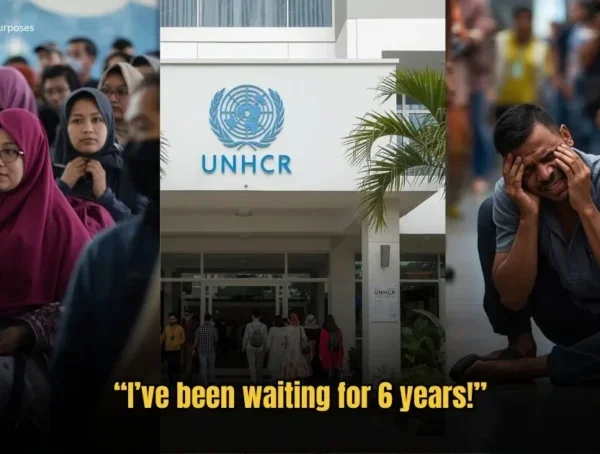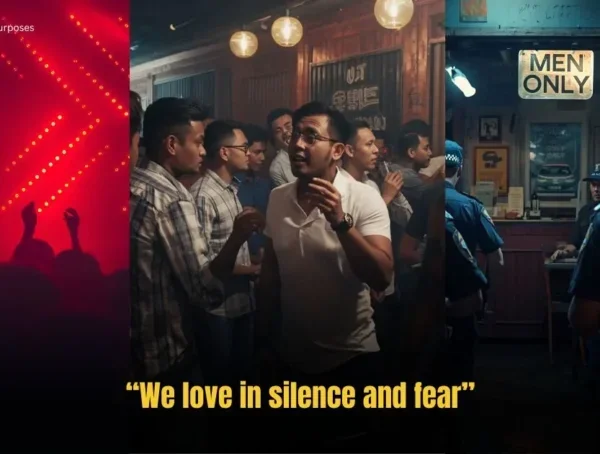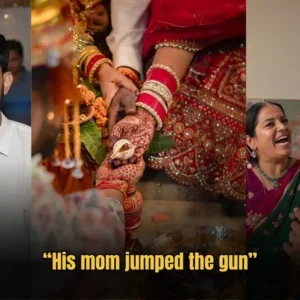Disclaimer: In Real Life is a platform for everyday people to share their experiences and voices. All articles are personal stories and do not necessarily echo In Real Life’s sentiments.
Here is the tale of a 4th generation dressmaker, going back to the late 1800s when Shaff Arifin and her mother, grandmother and great-grandmother were all seamstresses skilled with their fingers in making clothed dreams come true to their customers throughout the decades. Nowadays, many young adults struggle to find a high-paying job, let alone keep one long enough to be added to their CV. Shaff is brave in continuing her family’s legacy in this self-entrepreneurial pursuit.
Here is her story.
My great-grandmother, grandmother and mother were all tailors, like me, going back to the late 1800s. That’s as far back as I can trace since we do not know what our great-great-grandmother did!
Why I Do This
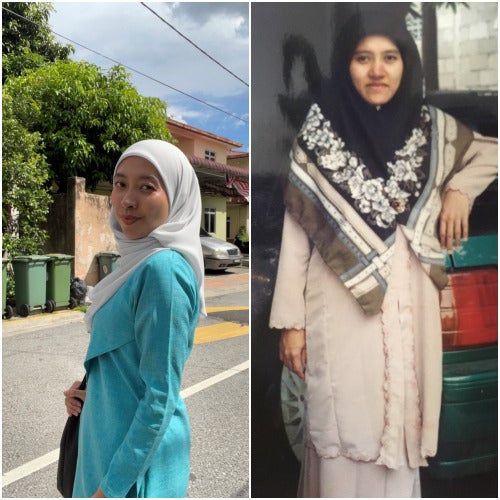
[Image provided by Shaff Ariffin]
And the main reason why I love doing what I do is that I get to work flexible hours! I can do it whenever I want, cuti whenever I want to cuti… in fact, I dah 2 bulan cuti dah! (laughs). Also, I wouldn’t say I like doing work that rigidly follows the rules. And to me, running my own business feels like an achievement in itself.
Is the money enough? Well, it’s enough to support me. Usually, in the 3 months before raya, we are swamped, and the money from there can sustain me after Raya has passed.
My family is not always supportive… what I mean is that they always want discounts. Even after I had set fair prices based on my standards and design values, they still wanted to go lower. And because it’s forced, we’ll perform it without heart or feeling. It will happen (the clothing), but the pemakai (the wearer) will sense a change in their mood.
I believe that as a dressmaker, our service and art and skill count, and it’s all about our moods and how we, the artist, create them.
My goal is to support individuals in having their clothing represent their identity. I manufacture fashion; I’m not a fashion designer. I assist clients in realising the ideas they bring to me. They want to experiment with fresh ideas and combine this with that. People come to me when they want to make something unique for an outfit that has never been made or done before.
But after five years of feeling like nothing has changed, I’m looking for a new challenge. I’m taking a two-month break from work and doing other things to find inspiration. I recently returned from my final day managing a clothing stall at a bazaar in Publika.
Now I mostly make baju melayu and ‘bridal baju’ for men. As for women, I create bridal gowns, baju kurungs, kebayas and jubahs.
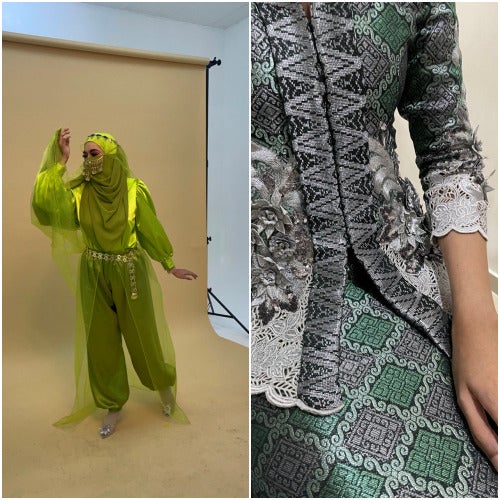
[Image provided by Shaff Ariffin]
Regarding pricing, I charge RM150 for custom-made baju kurungs, and it takes me 2-3 hours to make one – from cutting the fabric to sewing and ironing. And if there are linings, I can double the price.
Dresses cost RM400 – 600 to make, and bridal gowns cost around RM800 – 1500.
‘Underground’ fashion designers who make bridal clothes typically charge RM2,000 – 5,000—a famous designer named Rizalman charges between RM20,000 to RM30,000.
My biggest challenge now is how to design my own piece of clothing – what is my signature style and create higher-priced items. Some of the ideas that I have in mind is creating embroidery for shawls (ruffles), for example.
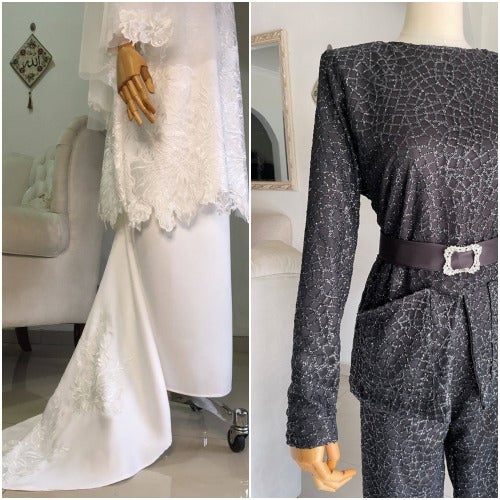
[Image provided by Shaff Ariffin]
The most challenging client I’ve had was one of the directors of a Tabung Haji subsidiary company. She was extremely particular with the design she wanted, which was rare and complicated. It was lace on top of the kain (fabric) with beading, and the cutting was fitting and comfortable. Even for that, I only charged RM800.
Stuff You Never Knew About Being A Tailor!
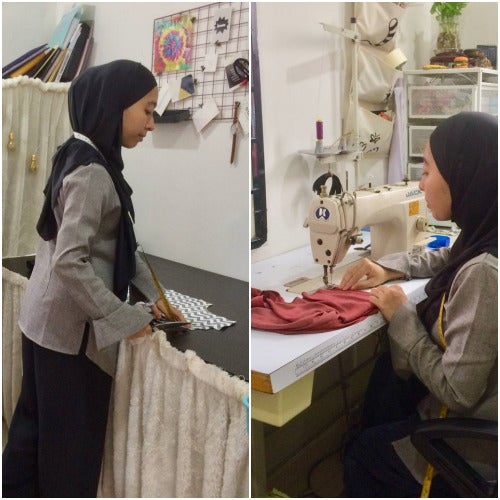
[Image provided by Shaff Ariffin]
That is the most expensive accessory in tailoring (besides the sewing machine).
Tailors also have different scissors; one for cutting thread, one for cutting through clothes and fabric, and one for anything else, such as sponges and pieces of rubber. Other tailors have 6-10 scissors in their arsenal, and scissors can cost up to RM1000.
The needle for the machine also needs to be regularly replaced and kept sharp – sometimes once a week. The sewing machine needs to be serviced every 3 months, where the oil is changed, and the punch is set.
The appearance of your store and changing area is extremely important. My parents’ house is uninteresting, bersepah and too small for people to perform a proper fitting there.
“I need to rent a building and have a bigger space – as I cannot charge higher because people judge your place. Customers would feel differently and more assured in my practice.”
Being a tailor also means knowing how to match their skin tone with a piece of suitable fabric. It’s about how you can give form to tall but unfit people. Or they might be overweight; how do you deal with it to give them structure and shape in their clothes?
How She Started
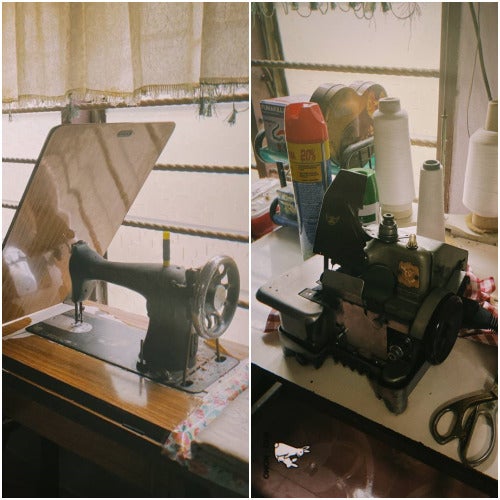
[Image provided by Shaff Ariffin]
Fast forward to 18 years old, and after SPM, I wanted to study Fashion at UiTM University. Still, because my family was not doing so well financially, I had to find something where I could learn while at the same time also earning an allowance.
I eventually went to GIATMARA (a government institution providing technical and vocational skills training to youths in rural and urban areas), where I studied and took the Fashion And Dressmaker course.
“Don’t wait for the opportunity to come to you – you have to look for it instead.”
It was 6 months long, and I continued by going to business classes and entrepreneurship seminars to add to my knowledge and tune my skills. Once I got a sewing machine, I mostly did alterations and repaired torn clothes.
“Jangan layan that fear of failure (don’t be controlled by your fear of failure).”
My first business attempt failed when I was in my 20s. I had a debt of RM20,000 and was at my lowest when I decided to keep pushing through my failures.
It was only when I was 24-25 years old that I seriously started doing my tailoring business back in 2017 when after going to a business course for three weeks, I got a grant for RM15,000.
With that money, I started building my studio room and space in my (parent’s house) and even created a fitting room where customers could come in to try out their clothes. The rest is history.
Pursuing Your Dreams
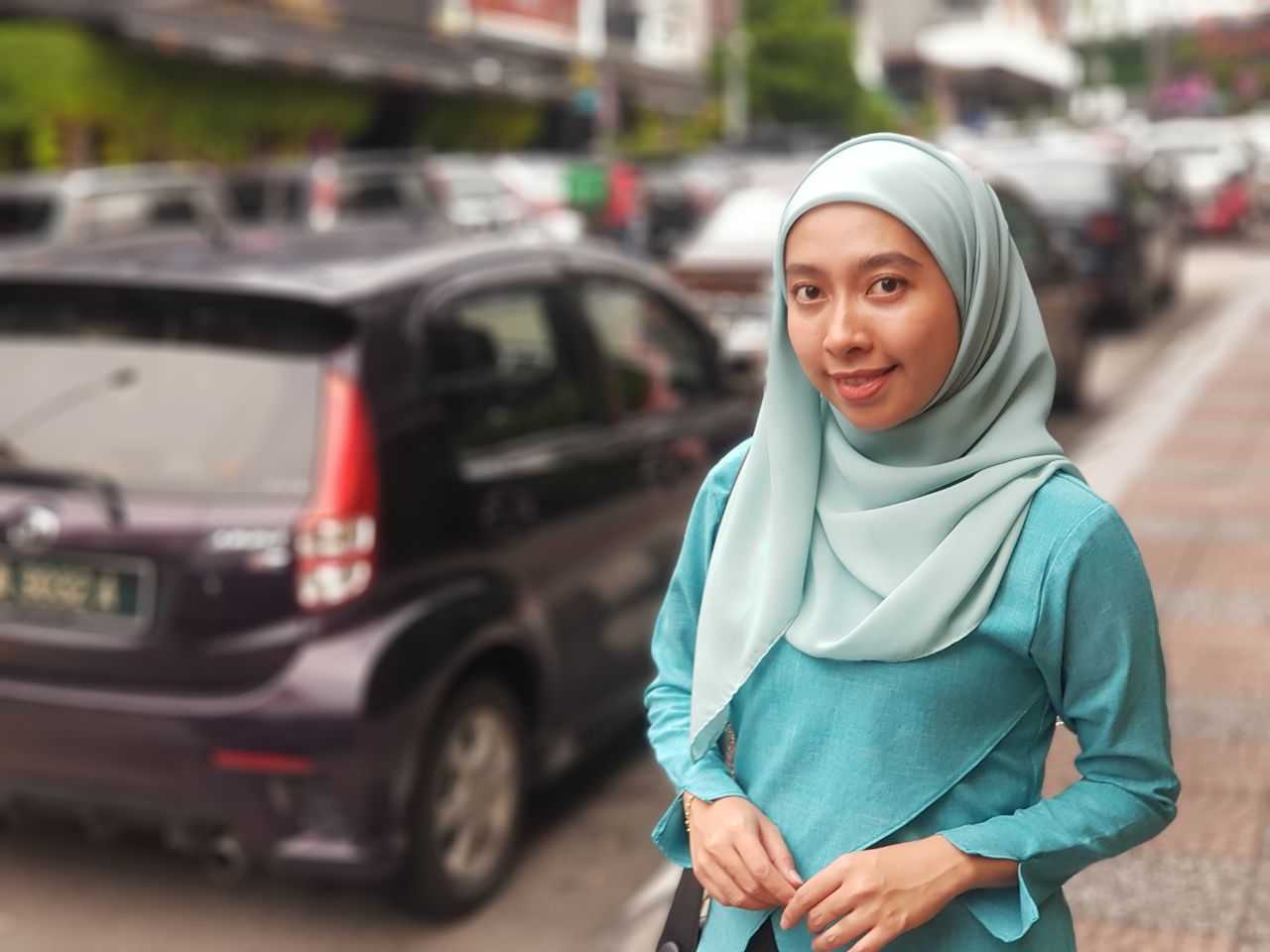
[Image taken by the author, Mushamir Mustafa]
“Do what you like, what you want, jangan terikat, if you are passionate about it, langgar je, lower down your ego to learn from others with experience and mentors.”
Her advice to young sewists?
“You need to have a strong mind to fight your insecurities.”
That was my mindset that helped me get through tough times. I believe that as long as God allows me to work, I should always keep moving toward success.
“I love making people happy, and when you see customers happy with their clothes and give compliments, it’s fulfilling; it’s about the soul. I have found a carrier that fulfils my soul.”
It’s who I am.
Know anyone with an interesting story to share? Drop us an email at ym.efillaerni@olleh and we may feature the story!
For more stories like this, read:
29yo Female M’sian-Scottish Racer Reveals Life As A Woman In The World Of Fast Cars & Racing
I’ve Been Cosplaying For About 10 Years, Here’s Why I’m Leaving It Behind
You might also like
More from Real People
‘I Skipped a Police Report. Now I’m Investigated for Hit-and-Run.’“Shares M’sian man
This is the story of a Malaysian guy who never imagined a forgotten accident would return as a police investigation.
Tales From Inside a UNHCR Centre by 39 YO Refugee living in Malaysia
This story is about life in a UNHCR waiting room, where pain, hope, and patience collide. Every person carries a …
“It’s Important to Have A Place to Be Yourself” Shares 32 YO Man Who Frequents Men-Only Club that Got Raided
This is the story from a gay man that frequented the wellness club that got raided and made headlines recently …
